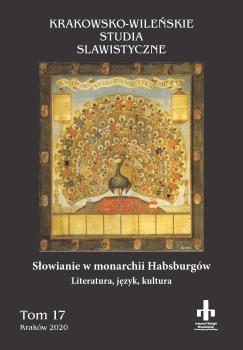Figura i počitanie sv. Stefana (Ištvana) I, korolâ vengerskogo, v rusinskih (karpato-russkih) „Mesâceslovah” serediny XIX – pervoj treti HH vv. .......... 35
Synopsis
THE FIGURE AND WORSHIP OF ST. STEPHEN (ISTVÁN) I, KING OF HUNGARY, IN THE RUTHENIAN (CARPATHIAN-RUTHENIAN) MENOLOGIONS FROM THE MID-19TH CENTURY TO THE BEGINNING OF THE 20TH CENTURY
This study examines the assimilation and evolution of the worship of St. Stephen (István) I of Hungary among the Carpathian Rusyns in the Austro-Hungarian Empire. The research is based on the materials of the annual almanac “Mesyat-seslovdlyarussynovkraynyuhorskija”. Mesyatseslov was published for the first time in the 1850s with the aim of preserving and strengthening the religious and national identity of the Carpathian Rusyns community belonging to the Greek Catholic Church. In addition to the church calendar and Typicon’s instructions, the almanacs contain texts of cultural and educational values. Some texts contain notices and stories, often legendary, about St. Stephen. These texts shape the image perception of the Saint in the church environment and Carpathian Rusyns community to which the Mesyaceslov is actually addressed.





